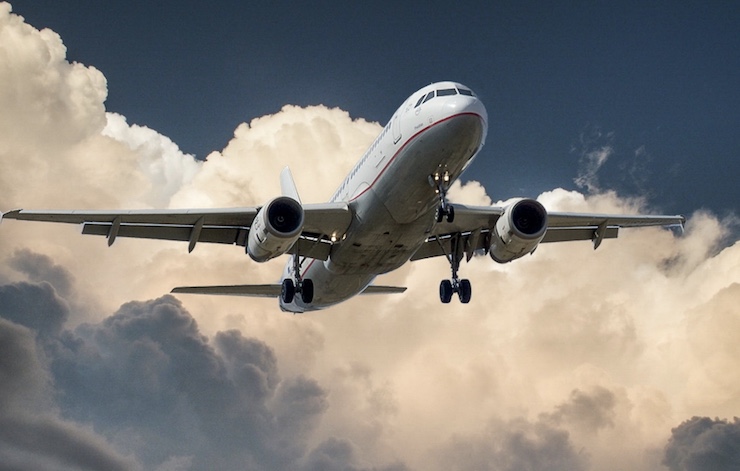
Are passenger drones really the wave of the future? Talk of having such vehicles fully operational by 2020 and more recently, by 2026, has been circulating for years. But the idea hasn’t really caught on. A survey taken in 2017 found that most Americans hadn’t even heard of passenger drones. Even worse, just 4% said they thought traveling in one would be safe. At the time, industry analysts felt that consumers would eventually warm to the idea once they experienced drones in action delivering emergency medical supplies or home products via Amazon. But the onset of COVID-19 and the shelving of the Amazon drone delivery program in 2012 seems to have dampened those hopes.
In fact, consumer disinterest isn’t the only reason “flying taxis” aren’t achieving their expected lift-off. Technological and regulatory barriers are also formidable. Drone batteries are large with relatively limited storage capacity, Passenger drones might stay aloft for 25-30 minutes without recharging, enough for a short jaunt, but nothing more. Expected breakthroughs in battery miniaturization, coupled with the introduction of smaller and lighter liquid-sulfur alternatives, would surely help solve the problem, but those solutions won’t materialize in the near term.
Regulatory barriers may be the biggest hurdle. The FAA is still in the process of approving new airspace right-of-way for UAVs at low altitudes, but those do not apply to passenger vehicles, which would entail a far higher level of risk and potential liability as well as head-to-head commercial competition with existing piloted aircraft. A regulatory review and approval process involving passenger drones – which isn’t yet under consideration, let alone underway – might take years to complete.
None of these real and potential obstacles have kept a handful of pioneering companies – the ride-sharing company Uber, China-based Ehang and more recently, Hover – from continuing to explore the technical requirements for passenger drones and from developing and testing possible prototypes. Ehang is working with a German-made drone manufacturer in Dubai, where the government envisions turning the country into a mecca for self-driving vehicles.The government has ambitions of converting 25 percent of all travel in Dubai into self-driving flights through various means of transport by 2030. Ehang has a separate pilot passenger drone program underway in Linz, Austria. Dubai was expected to field a full-scale public test of the Ehang prototype in 2020, but for reasons unknown, the exhibition never occurred.
On paper, Dubai’s and Linz’s expansive development plans call for a thorough overhaul of urban passenger travel to include both private vehicles and mass transit. But beneath the high-flying rubric of “Urban Air Mobility,” or UAM, the actual cost and technical requirements of early passenger drone prototype development virtually ensure that passenger drones will begin as small craft with just a few seats. The likely consumer base, at least initially, will be two fairly elite groups: 1) upscale residents, some of them already owners of private planes and helicopters, who might relish the prospect of expanding their private air fleet, and 2) salaried professionals willing and able to pay a premium to escape the hustle and bustle of downtown traffic by summoning a super-modern electric vehicle on their cell phone app.
No doubt these are important taxpaying constituencies, but are they invested enough in new passenger drones to help manufacturers brave the likely wave of opposition from less affluent citizens in need of better mass transit systems, or from taxi companies like Lyft and Uber threatened by the competition? Are there insurers willing to take the risk on new drone technology that, for the first time, might place large numbers of human lives at risk? Self-driving cars, which are well into the advanced testing phase, still face major regulatory hurdles before their mass introduction on the nation’s roadways is likely.
The upshot? Without stronger stakeholder investment and involvement from military or industrial associations that might benefit from passenger drones – for example, as troop transports, in the Pentagon’s case – flying taxis, despite the hype, could remain a second-order development priority – or a private indulgence, much like elite space travel – for some time to come.
|